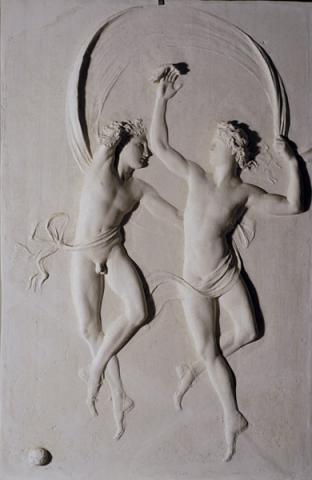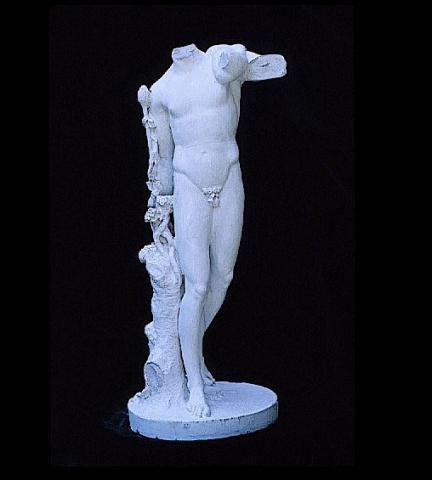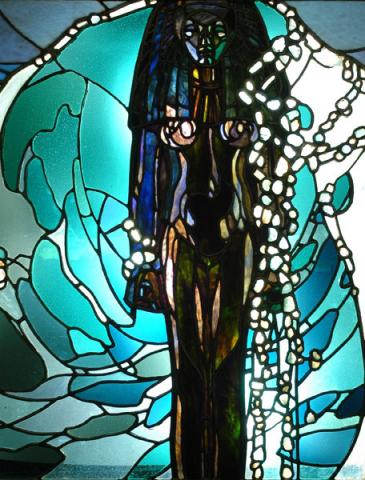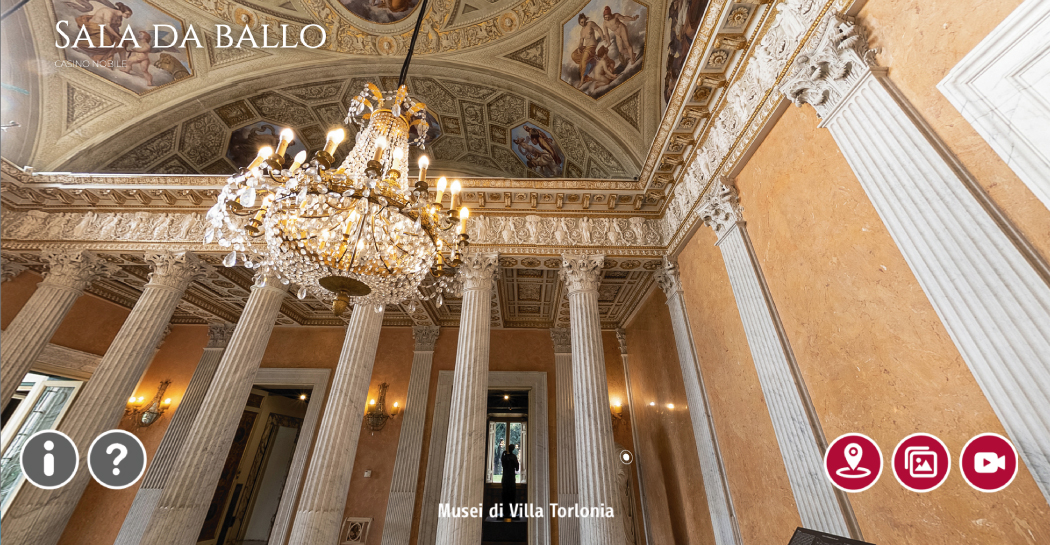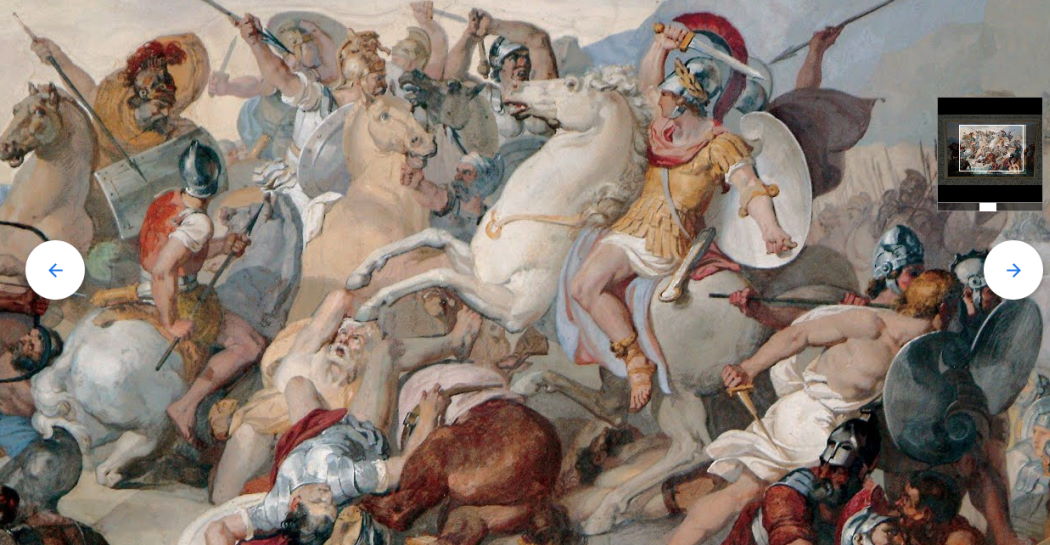The stained glass of “La Casina delle Civette”
For Rome, the incredible creativity of the early 20th century gave rise to an exciting new style adventure known as Liberty. The hub responsible for developing a range of techniques associated with the style, not to mention the experimentation that it inspired, was a workshop run by Master Glassmaker Cesare Picchiarini (1871-1943), the man many credit with bringing about the renaissance of the glassmaker’s art. By around 1910, he had attracted a small but significant group of artists who wanted to work with him, including Duilio Cambellotti (1876-1960), Paolo Paschetto (1885-1963), Umberto Botazzi (1865-1932) and Vittorio Grassi (1878-1958).

All together they took on the task of reviving traditional glassmaking / working skills and increasing their desirability and value, adapting techniques, when necessary, to meet the demands of clients, the new bourgeoisie in particular, for decorative elements in their new houses.
What made their work different and so identifiable was that they set aside the concept of “pictorial effects” and traditional methods of firing painted glass. In the early days, their work was decidedly eclectic, featuring medieval or pre-Raphaelite themes but as the style matured, these were mostly replaced with geometric and zoomorphic figures, thematic innovations that introduced a real sense of elegance and grandiosity to the living spaces they adorned.
Their work began to attract international acclaim and this led to increasingly important commissions amongst the Roman bourgeoisie who were keen to have their own homes reflect the fashion of the day.
The artists in this Roman group continued to design windows along geometric or naturalistic themes for their local, middle-class clients, whilst those depicting scenes or figures were done for ecclesiastical clients or as funerary items. The real Roman adventure in Liberty style began only after the Picchiarini workshop closed down towards the end of the 1920s.
One fine example of stained glass art from the Liberty period is undoubtedly the “Casina delle Civette”, commissioned by Giovanni Torlonia jr., where visitors can admire different pieces, completed between 1908 and 1930, by Duilio Cambellotti, Umberto Bottazzi, Vittorio Grassi and Paolo Paschetto, all held to be the greatest exponents of the Roman Liberty style. All were done at the Picchiarini workshop and reflect exactly how techniques evolved during that time.
The Casina delle Civette, as an example of Roman Liberty style has no equal, so it is unsurprising that it was designated as the Museum of Liberty Glass once the building itself had been fully restored to its former glory. Pieces such as “Civette” (Owlets), “I migratori” (Migrants) or “La Fata” (the Fairy) show off the broad palette of colours used by Dulio Cambelotti to perfection, whilst Umberto Bottazzi’s work, as seen in “Cigni” (Swans) and “I pavoni” (Peacocks) reflect his skills in depicting the animal world. Aspects of nature are key to windows designed by Paolo Paschetto as seen in his “Rose, nastri e farfalle” (Roses, ribbons and butterflies) or”Ali e fiamme” (Wings and flames) whilst the symbolic world is featured in the magnificent window entitled “L’idolo” (the Idol) by Vittorio Grassi.



























